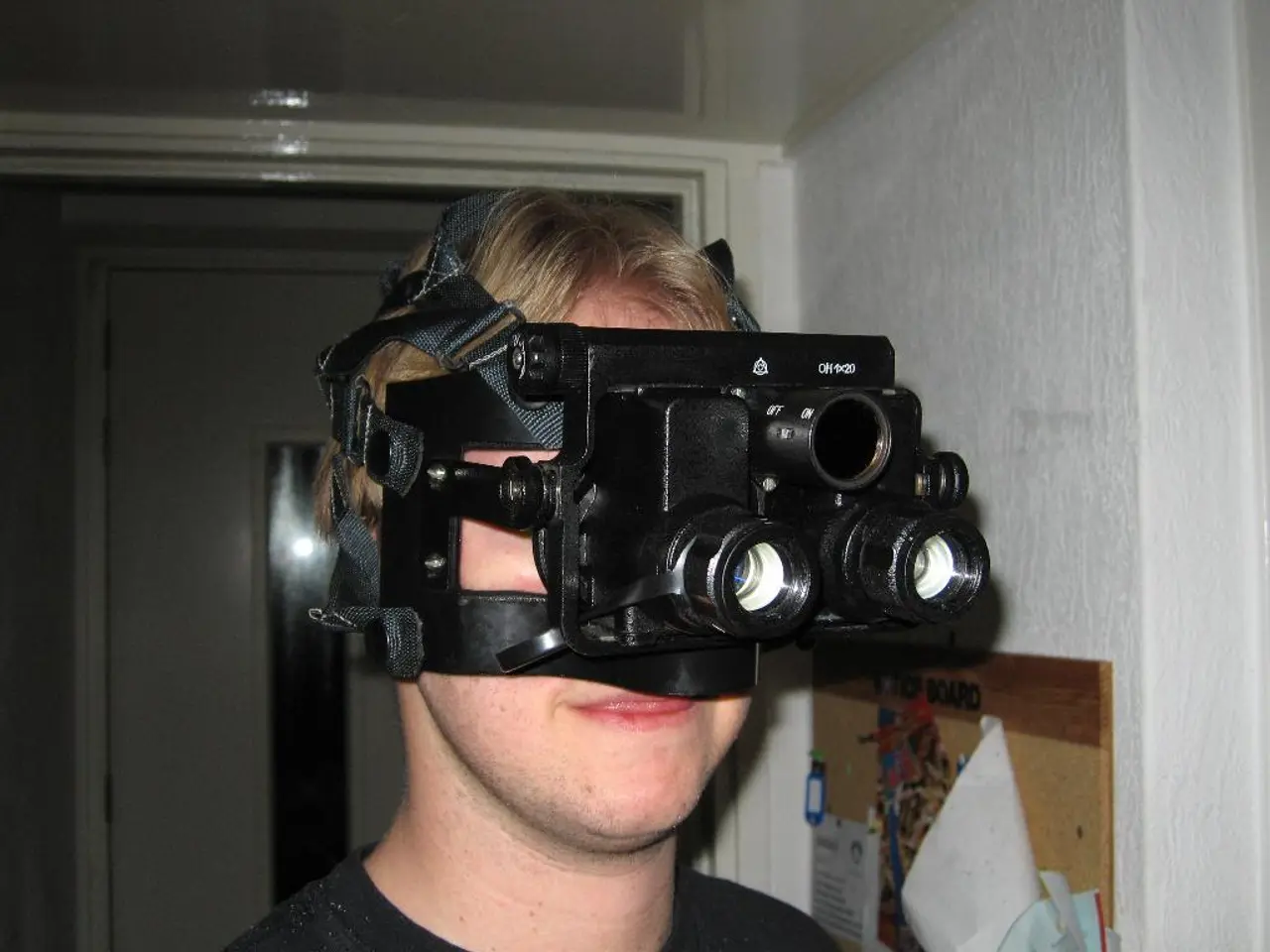VR Headset Market Shares: Key Industry Highlights
The virtual reality (VR) headset market is on the brink of a significant growth spurt, driven by technological advancements, evolving market dynamics, and expanding applications across various industries.
Key Trends Shaping the Market -------------------------------
The market is expected to rebound strongly after a slight decline in total VR headset shipments forecasted for 2025, with an 87% growth in 2026. From 2025 to 2029, the market is projected to grow at a compound annual growth rate (CAGR) of 38.6%.
There is a clear move toward more immersive VR, mixed reality (MR), and extended reality (ER) experiences that combine real and virtual elements to enhance user engagement. Artificial Intelligence (AI) is increasingly being embedded in VR headsets to create adaptive, personalized experiences, improving realism and interactivity.
The maturation of Android XR is opening new opportunities for device manufacturers, facilitating the development of versatile and affordable VR and MR headsets. Faster networks, enabled by 5G, are crucial for smoother streaming and interaction, critical for advanced VR applications, especially in the enterprise and gaming sectors.
Innovations in form factor and user experience are also driving growth, with new players such as Viture and Xreal gaining market share by innovating in headset design, making devices lighter, more ergonomic, and user-friendly.
Major Players and Market Segments ----------------------------------
Meta remains the dominant leader, holding over 50% market share and leading innovation. Other notable companies include Xreal, Viture, TCL, and established tech giants like Sony, Microsoft, VIVE, and Oculus. Apple is expected to enter the MR market, potentially driving future growth.
Gaming and entertainment remain the largest segments driving VR adoption, with growing interest in immersive gaming and virtual events. Increasing use of VR for simulations, virtual training, architectural visualization, and remote collaboration in the enterprise sector is another significant driver. Education, healthcare, and retail are emerging areas leveraging VR for interactive learning, therapy, virtual shopping, and experience design.
The market includes not only headsets but also complementary peripherals such as motion controllers, guns, steering wheels, and other VR handles that provide haptic feedback and immersive control.
Future Projections -------------------
The overall VR market size is anticipated to reach $12.88 billion in 2025, growing rapidly to approximately $41.42 billion by 2030 with a CAGR of around 26.3%. The VR handle market alone is projected to expand at a CAGR of 15% through 2033, driven by demand for more realistic interactions and enhanced ergonomics.
Mixed reality and extended reality are forecasted to be key growth drivers, supported by AI, improved hardware, and software platforms like Google’s Android XR. Geographically, North America and Europe currently lead, but Asia-Pacific is expected to see rising adoption as price points decline and technologies become more accessible.
In conclusion, the future of the VR headset market is marked by rapid growth, technological integration with AI and 5G, innovation in hardware and user interfaces, and broadening applications beyond gaming into enterprise, education, and healthcare. This dynamic environment promises increasingly immersive, personalized, and versatile VR experiences in the coming years.
- Engineering and manufacturing companies are exploring the use of VR technology for simulation and training purposes, enhancing product development and workplace safety.
- Many startups are investing in VR tech, particularly in areas like healthcare, aiming to revolutionize patient care through virtual therapy or training tools.
- The increasing integration of AI in VR headsets is leading to significant advancements in marketing and advertising, offering a more immersive and personalized user experience.
- Simulation-based education and interactive learning platforms powered by VR technology are set to reshape traditional classroom methods, fostering a more engaging and effective learning environment across multiple disciplines.
- The healthcare industry is incorporating VR technology to create immersive training scenarios for medical professionals, helping them practice procedures and make diagnoses more accurately.
- As VR technologies evolve, software developers are working on creating more sophisticated and engaging applications, including games, software applications, and specialized gadgets for a diversified user base.
- VR technology is now playing a crucial role in the enterprise sector, facilitating remote collaboration, architectural visualization, and improved communication between teams, even across vast distances.
- The expansion of VR technology into various industries is driving the demand for innovative software development and hardware design, ensuring continued growth and development in the field of technology.






